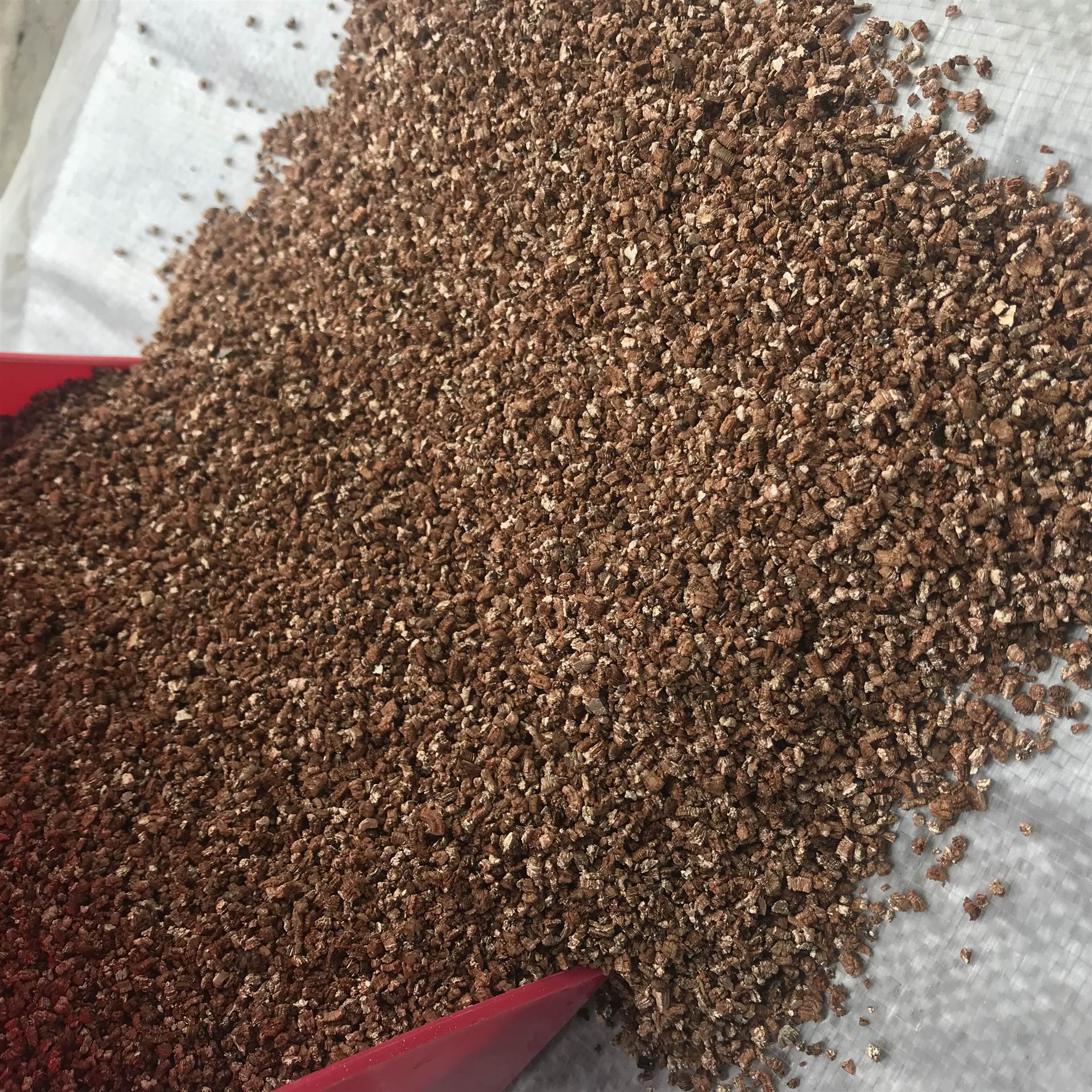
Custom Fly Ash and Silica Fume Solutions for Enhanced Construction Materials
The Role of Custom Fly Ash and Silica Fume in Modern Construction
In the realm of modern construction, the demand for sustainable and high-performance materials is ever-increasing. Among these innovative materials, custom fly ash and silica fume have emerged as vital components that enhance the structural integrity, durability, and sustainability of concrete. This article explores the significance of these materials and their impact on the construction industry.
Fly ash, a byproduct of coal combustion in power plants, has long been utilized as a supplementary cementitious material (SCM) in concrete production. Its effectiveness as a partial replacement for Portland cement derives from its pozzolanic properties, which allow it to chemically interact with calcium hydroxide to form additional cementitious compounds. Custom fly ash, tailored to meet specific performance criteria, can lead to improvements in workability, strength, and durability of concrete. By carefully selecting the source and processing of fly ash, producers can design mixes that optimize the benefits of this material, addressing issues such as alkali-silica reactivity and improving overall sustainability.
Silica fume, a byproduct from the production of silicon metal or ferrosilicon alloys, is another powerful SCM. Composed of extremely fine particles, silica fume possesses exceptional pozzolanic properties that enable it to enhance the mechanical and durability characteristics of concrete. Its high surface area and reactivity contribute to the formation of additional calcium silicate hydrate (C-S-H) when mixed with water and lime. As a result, concrete containing silica fume exhibits increased compressive strength, reduced permeability, and improved resistance to chemical attacks, making it an ideal choice for high-performance applications such as bridges, tunnels, and industrial floors.
custom fly ash and silica fume

The integration of custom fly ash and silica fume into concrete not only benefits the physical properties of the material but also promotes environmental sustainability
. By utilizing industrial byproducts, the construction industry can reduce the carbon footprint associated with cement production, which is known to be one of the largest sources of greenhouse gas emissions. Moreover, incorporating these materials into concrete mixes minimizes landfill waste, contributing to a circular economy.In addition to their environmental advantages, custom fly ash and silica fume also enhance the economic viability of construction projects. The use of these materials can lead to cost savings by reducing the overall cement content required in concrete mixes, as well as potentially lowering transportation costs when sourced locally. Improved durability can also result in lower maintenance costs over the lifecycle of a structure, making it a financially prudent choice for builders and developers.
In conclusion, custom fly ash and silica fume play a pivotal role in the evolution of concrete technology. Their unique properties enhance the performance of concrete while simultaneously addressing environmental and economic challenges faced by the construction industry. As awareness of sustainable practices continues to grow, the integration of these materials will undoubtedly become more prevalent, paving the way for a more resilient and eco-friendly built environment. Embracing such innovations is crucial for meeting the demands of future construction projects, ensuring they are both high-performing and sustainable.
Share
-
Premium Pigment Supplier Custom Solutions & Bulk OrdersNewsMay.30,2025
-
Top China Slag Fly Ash Manufacturer OEM Factory SolutionsNewsMay.30,2025
-
Natural Lava Rock & Pumice for Landscaping Durable Volcanic SolutionsNewsMay.30,2025
-
Custom Micro Silica Fume Powder Manufacturers High-Purity SolutionsNewsMay.29,2025
-
Custom Mica Powder Pigment Manufacturers Vibrant Colors & Bulk OrdersNewsMay.29,2025
-
Custom Micro Silica Fume Powder Manufacturers Premium QualityNewsMay.29,2025






